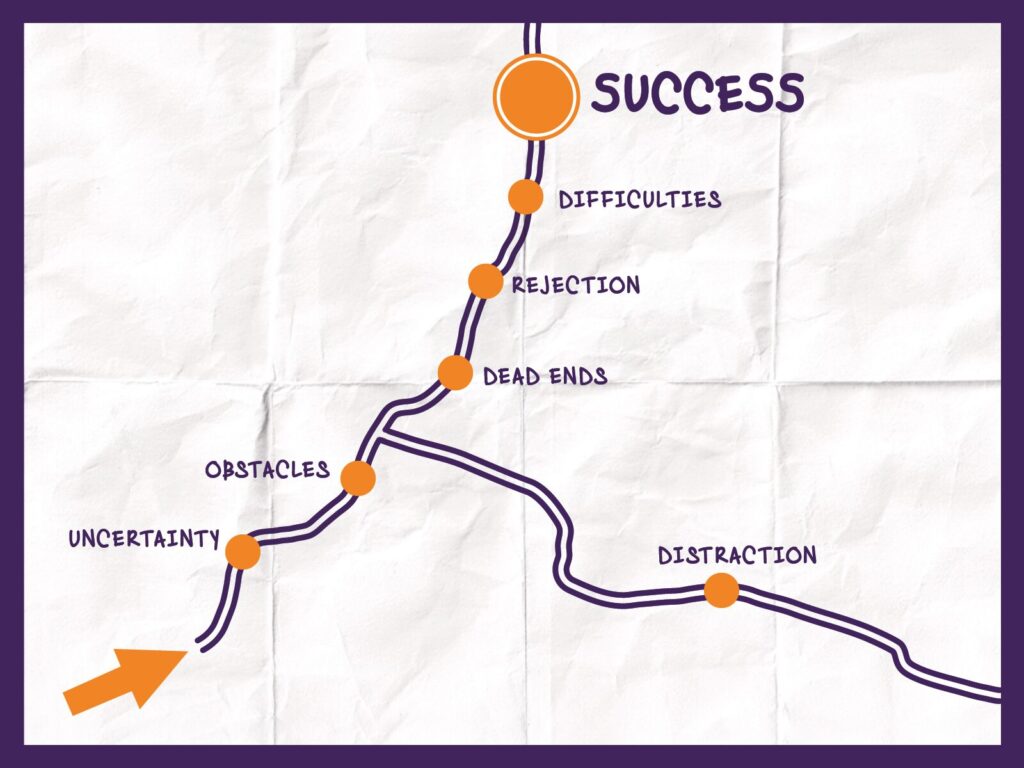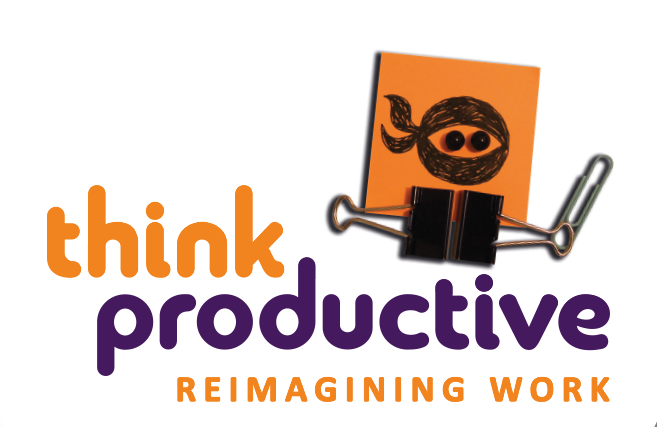Struggle is hard. Struggle is uncomfortable. Struggle is the birthplace of our best work.
The hard truth
In a world obsessed with fast hacks, quick wins, ruthless efficiency, and Instagram-perfection, struggle has become taboo.
It’s hard to admit – to others and us – when we’re struggling. We try to hide it. We try to sugar-coat it. But the truth is: we’re ALL struggling at some point. Be that the snag we’ve hit. The discord in the team. The complaint we weren’t expecting. Or the curveball that lands in the middle of a busy day.
But what if we’ve got it all wrong about getting it wrong? What if struggle isn’t a battle to fight, a trap to avoid, or a sign of weakness? What if struggle is precisely where the magic happens and where we do our best, most important work?
We need to be honest with ourselves. And we need to give permission to struggle – for ourselves, and each other.

This is the work
Yes, struggle is uncomfortable. It has to be when we wrestle with the hard stuff and grow beyond our comfort zone.
Isn’t this exactly the work? The hard, slow-going tasks that require focus, stamina, and our intellectual best. The wrestling and the wrangling. The kind of work we’re most likely to procrastinate on, because – let’s face it – there are plenty of other things on our to-do list that easily give us that dopamine hit of completion.
Equally, how we show up in conflict can build trust and strengthen relationships. How we handle complaints can result in higher brand loyalty than when we’re merely plain sailing. And when we hit a snag – that’s usually the pinch point where we really need to focus.
Struggle may be a sign that we’ve gone wrong. But frequently it’s the birthplace of our best work.
From struggle to innovation
The road to innovation entails plenty of struggle. It means we’re doing or creating something new, something vaguely known. Something we think might work outside of our imagination but can’t say for sure. To prevail, we need permission to stay in ambiguity even when the roadblocks hit.
That’s not an easy task when our measures of success (too) often reward certainty rather than curiosity. And when we prioritize quick wins and safe bets over risk-taking – including the risk of taking wrong turns on the road to discovery.
Our brains are lazy. We are biased to the familiar. Given the choice we often stick to what we know. Until things go wrong, the temptation to keep doing what’s still working is too strong a pull, but innovation rarely comes from doing the same thing but better.
When the pandemic hit, lots of things that were previously labeled as impossible suddenly became reality. Ideas that had previously languished in the good ideas park suddenly got traction. We found that when the status quo is well and truly disrupted, there is freedom to play, to explore, to experiment – and to struggle through ambiguity, wrong turns, and dead ends. This is where innovation happens.
Varying dimensions of productivity
Struggle though needs time and space. Even more so when you’re breaking through new products or procedures.
In many teams I work with, there are often a handful of capable, experienced people who get asked all the questions, to the point where they have very little capacity left to do the things that only they can do.
Given some time, those asking the questions could probably work it out for themselves. Given space to try (and fail) and learn, they would develop the skills they need to find their own answers. But it’s so much quicker to ask someone more experienced, so that’s what they do. Because it’s speed they’re judged on as a measure of productivity, not learning, struggling, or innovation.
So many organizations aim to develop problem-solvers, but in how they measure and reward productivity, they stifle anything that doesn’t look efficient. Equally, when we keep saying “How soon can you get that done?” or “Thanks for coming back to me so quickly!” we create a culture that favors speed at the expense of mistake-making, risk-taking, struggling – and ultimately: learning.
Perhaps it’s time to steer our conversations more deliberately with “What’s new?” or “What are you learning?”. If we want to encourage more innovation and creativity, we need to widen our definitions of what productivity looks like. And we need to start valuing struggle.
Let’s dive deeper…
…into the upside of struggle in my 2-hour keynote or my book.

